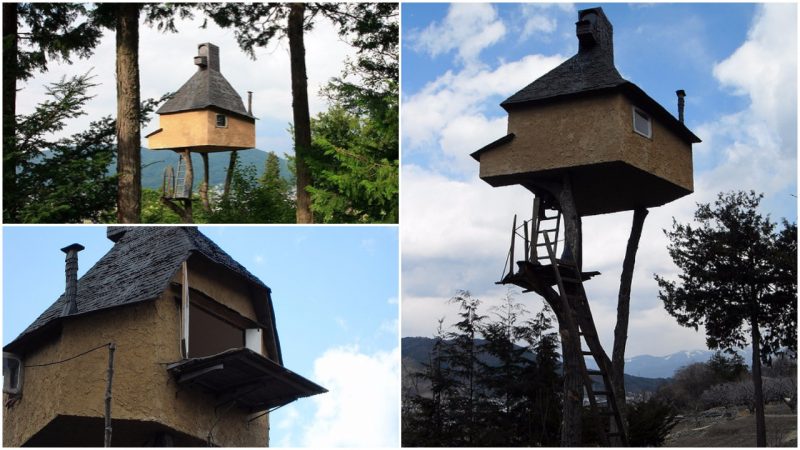Historians believe that tea originally made its way from China to Japan at the beginning of the 9th century. It is said that Chinese Buddhist monks were the first to introduce both tea’s medicinal value and the pleasure of drinking it to Japanese monks, who promoted the beverage in their society.
However, it took several centuries before the foundations of the Japanese tea ceremony (chanoyu) as we know it today were laid. Also known as the Way of Tea (chado or sado), the Japanese tea ceremony has become an integral part of Japanese culture.
The ritual of preparing and drinking the powdered Japanese green tea, matcha, requires decades to master. It is so much more than just drinking tea, it is also about glorifying nature, appreciating art and poetry, and, most importantly, bringing peace of mind to guests.
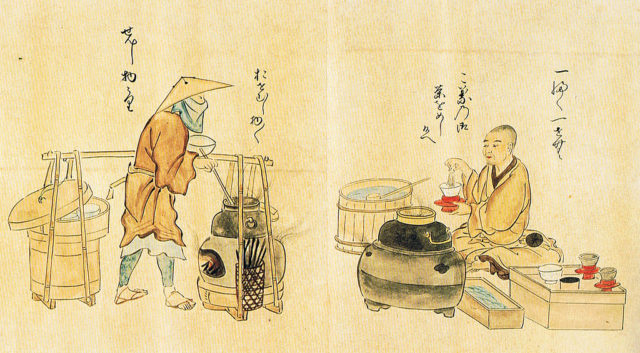
For this purpose, one obviously needs a special place far away from the distractions of the everyday world, where the appreciation for aesthetics can flourish. This is why designing tea houses (chashitsu) surrounded by breathtaking gardens became one of the most important elements of the Japanese tea ceremony.
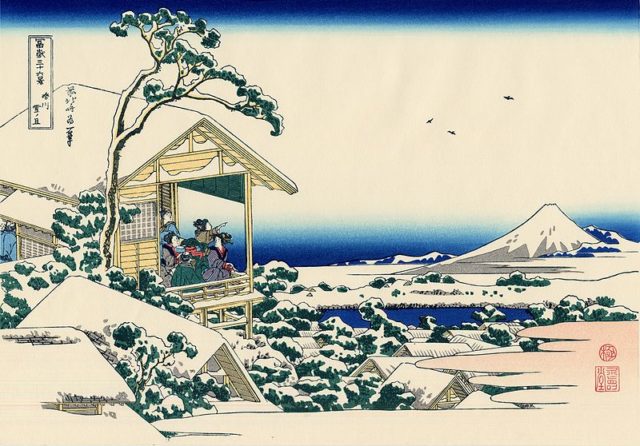
Over the years, the tea ceremony has profoundly influenced many aspects of everyday life in Japanese society, including flower arrangement, cuisine, serving dishes, gardening, ceramics, and architecture. Both the ceremony and the Japanese tea houses have evolved since the earliest days, and they continue evolving so that they can adapt to the rapid changes in modern society.
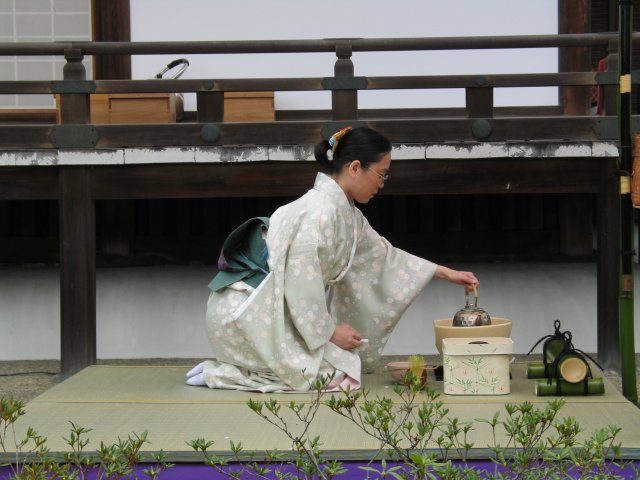
Japanese tea houses are meant to be simple, and constructing one usually does not involve hiring architects or craftsman, as tea masters are traditionally in charge of the construction.
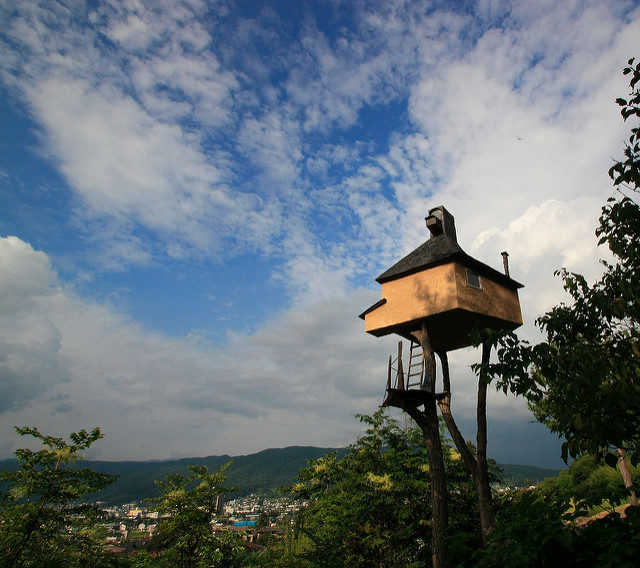
This is what the famous Japanese architect Terunobu Fujimori had in mind when he decided to build a humble tea house on top of two chestnut trees on a plot of family land in Chino, Nagano Prefecture.
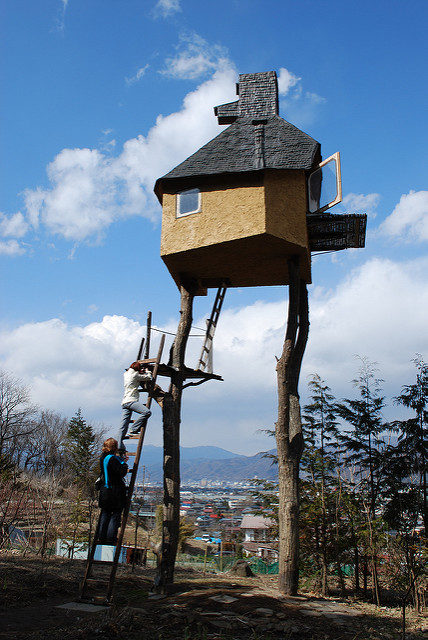
Fujimori built the tea house for himself and all by himself in accordance with the unwritten rules of the Japanese tradition. The result is this incredible Takasugi-an tea house, whose simplicity, tranquility, and beauty make it look as if it came straight out of a fairy tale.
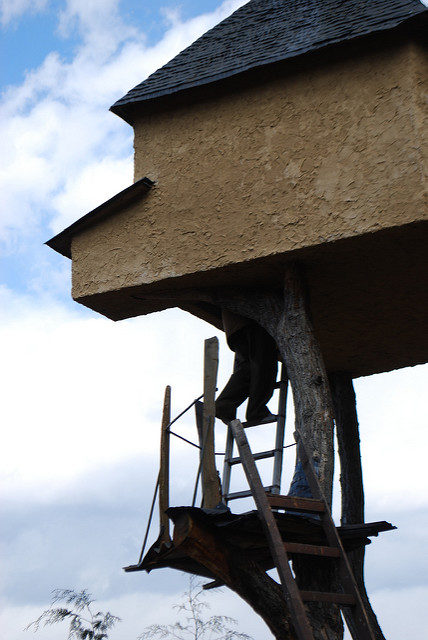
The architectural historian debuted as an architect in 1991 at the age of 44, when he was commissioned to create the Jinchokan Moriya Historical Museum in Chino, Nagano. He would go on to work on numerous other projects, but what captures our attention the most is the Takasugi-an tea house.
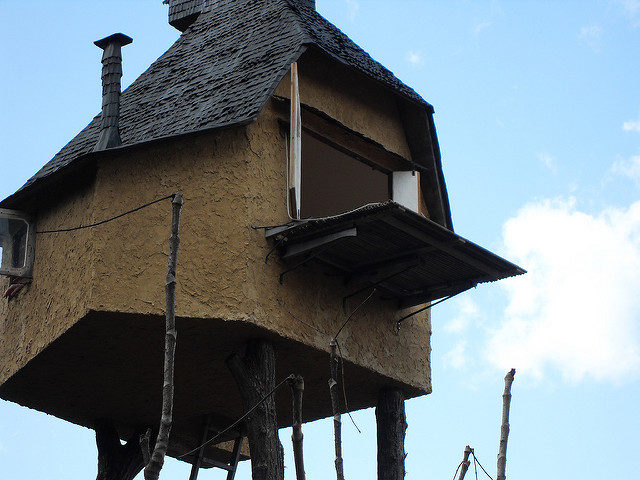
The literal translation of Terunobu Fujimori’s tea house, Takasugi-an, is “a teahouse [built] too high.” The two chestnut trees on which the statuesque building sits, about 20 feet above ground, were cut from the nearby mountain. The architect pushed the limits of traditional Japanese tea house design since it seems quite a challenge to access Takasugi-an, but once inside, one immediately forgets about the difficulty of climbing the free-standing ladders in order to get up there.
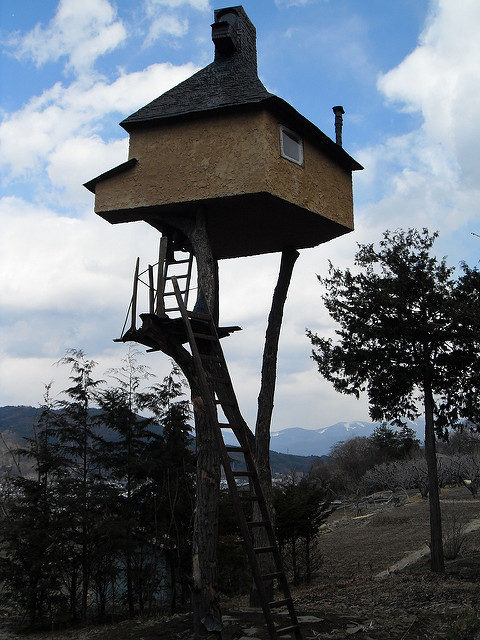
Author: Rachel Harmon, Japanese_craft_construction CC BY2.0
Simple materials such as plaster and bamboo were used to construct the interior of the tea house. In the calm of this tranquil atmosphere, it is easy to forget the fact that you are actually 20 feet above the ground.
Its compact interior of four and a half tatami mats–which is about 29 square feet–is just enough for one to enjoy a peaceful day of tea and meditation. Fujimori says that his tea house is “an extension of one’s body like a piece of clothing…the ultimate personal architecture.”
